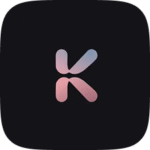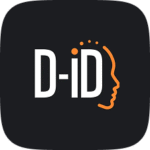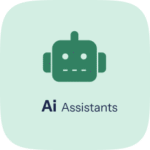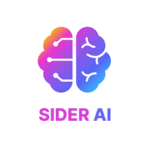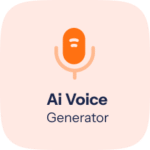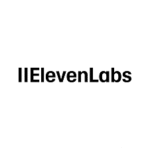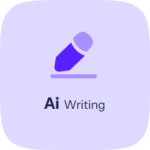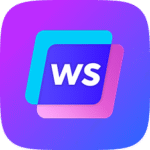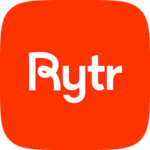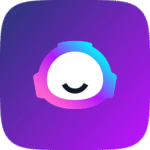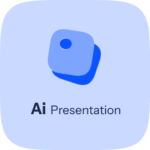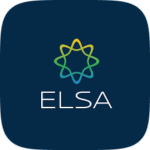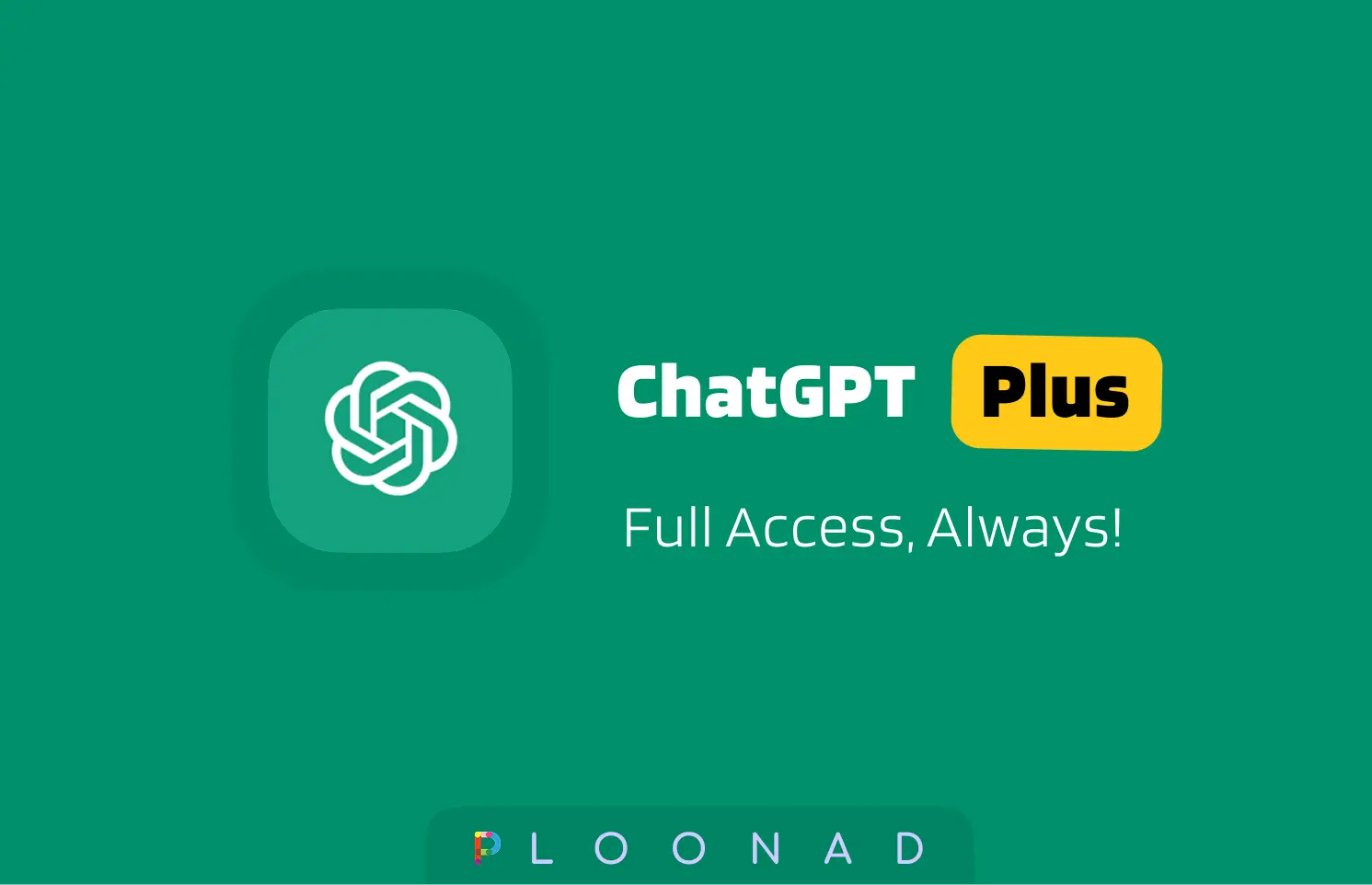The freelance economy is booming. More Australians than ever are choosing remote work, trading traditional office setups for flexible schedules and location independence. But with this freedom comes a unique challenge: how do you stay competitive and efficient when you’re flying solo?
Enter artificial intelligence. Once reserved for tech giants and multinational corporations, AI tools have become increasingly accessible, with many offering robust free tiers that rival expensive enterprise solutions. These tools aren’t just changing how we work—they’re leveling the playing field for freelancers and remote workers who need to compete with larger teams whilst maintaining their sanity.
The beauty of AI lies in its ability to handle the mundane tasks that eat away at your billable hours. From automating social media posts to transcribing client meetings, these tools can free up your time for high-value work that actually moves the needle on your business goals.
This comprehensive guide explores ten exceptional free AI tools that can transform your workflow without breaking the bank. Each tool has been carefully selected based on real-world performance, user feedback, and practical application for solo professionals. Whether you’re a graphic designer, content writer, virtual assistant, or consultant, you’ll find actionable solutions to streamline your daily operations and boost your productivity.
Why Use AI Tools for Your Workflow?
Efficiency That Actually Matters
Time is your most valuable currency as a freelancer. Every minute spent on repetitive tasks is a minute not spent on client work or business development. AI tools excel at pattern recognition and automation, handling routine tasks faster and more accurately than manual processes.
Consider the difference between manually scheduling social media posts across multiple platforms versus using an AI scheduling tool that optimises posting times based on audience engagement patterns. The time savings compound quickly, giving you hours back each week.
Cost Savings Without Compromise
Traditional business software often requires expensive subscriptions that can strain a freelancer’s budget. Many AI tools offer generous free tiers that provide substantial functionality without the hefty price tag. This democratisation of advanced technology means you can access enterprise-level capabilities while maintaining lean operating costs.
Innovation at Your Fingertips
AI tools often introduce capabilities you might not have considered possible. Voice-to-text transcription that’s nearly perfect, design suggestions that match your brand aesthetic, or writing assistance that maintains your unique voice while improving clarity. These innovations can open new service offerings or improve existing ones dramatically.
Our Selection Criteria
Choosing the right tools from the thousands available requires careful evaluation. We assessed each tool based on four key criteria:
Functionality: Does the tool solve real problems that freelancers and remote workers face daily? We prioritised tools that offer tangible workflow improvements over novelty features.
Ease of Use: Complex tools that require extensive training defeat the purpose of efficiency gains. Our selections feature intuitive interfaces that deliver value immediately.
User Ratings: Real user feedback from professionals using these tools in production environments provides invaluable insights into reliability and performance.
Accessibility: All featured tools offer substantial free tiers or completely free access, ensuring cost isn’t a barrier to adoption.
The Top 10 Free AI Tools
Tool #1: ChatGPT
Overview: OpenAI’s conversational AI has revolutionised how professionals approach content creation, problem-solving, and brainstorming. The free tier provides access to GPT-3.5, which handles most professional tasks admirably.
Key Features:
- Natural language conversation interface
- Code generation and debugging
- Content creation and editing
- Research assistance and summarisation
- Multiple language support
How to Use: Simply create a free account and start chatting. Frame your requests clearly and provide context for better responses. Use follow-up questions to refine outputs and always fact-check important information.
Best For: Content creators, consultants, and anyone who needs quick writing assistance, brainstorming support, or research help.
Tool #2: Canva AI
Overview: Canva’s AI features transform anyone into a capable designer. The Magic Design tool creates professional layouts from simple text prompts, whilst Background Remover and Magic Eraser handle complex editing tasks instantly.
Key Features:
- AI-powered design generation
- Automatic background removal
- Smart resize for multiple platforms
- Brand kit integration
- Template suggestions based on content
How to Use: Start with Canva’s free account and look for the magic wand icons throughout the interface. Type descriptive prompts for Magic Design or upload images to use AI editing features.
Best For: Social media managers, small business owners, and freelancers who need professional visuals without design expertise.
Tool #3: Grammarly
Overview: Beyond basic spell-check, Grammarly’s AI analyses writing tone, clarity, and engagement. The free version catches most errors and provides suggestions that genuinely improve communication quality.
Key Features:
- Advanced grammar and punctuation correction
- Tone detection and suggestions
- Clarity improvements
- Browser extension for everywhere typing
- Mobile keyboard integration
How to Use: Install the browser extension or use the web editor. Grammarly works seamlessly across email, documents, and social media platforms, providing real-time suggestions as you type.
Best For: Writers, consultants, and anyone who communicates professionally via text.
Tool #4: Otter.ai
Overview: This AI transcription service converts speech to text with impressive accuracy. The free plan includes 600 minutes monthly and real-time transcription capabilities that transform how you handle meetings and interviews.
Key Features:
- Real-time transcription
- Speaker identification
- Keyword highlighting and search
- Integration with Zoom and other platforms
- Shared transcription collaboration
How to Use: Record directly in the app or import audio files. The AI identifies different speakers and creates searchable transcripts. Use the highlight feature to mark important sections during live recordings.
Best For: Journalists, researchers, consultants, and remote workers who attend frequent video calls.
Tool #5: Notion AI
Overview: Integrated directly into Notion’s productivity platform, this AI assistant helps with writing, summarising, and organising information. It’s particularly powerful for knowledge workers who live in Notion.
Key Features:
- In-context writing assistance
- Content summarisation
- Action item extraction
- Translation capabilities
- Template generation
How to Use: Within any Notion page, select text and choose “AI” from the menu or type “/ai” to prompt the assistant. The AI understands context from your existing content for more relevant suggestions.
Best For: Project managers, content creators, and organised professionals who use Notion as their primary workspace.
Tool #6: Loom AI
Overview: Loom’s AI features automatically generate titles, descriptions, and chapters for your screen recordings. The free plan includes AI-powered transcription and basic editing capabilities.
Key Features:
- Automatic video titles and descriptions
- Transcription with timestamps
- Chapter generation
- Action item extraction from recordings
- Thumbnail selection assistance
How to Use: Record your screen or camera as usual, then let Loom’s AI analyse the content automatically. Review and edit the generated titles and chapters before sharing.
Best For: Freelancers who create tutorials, client presentations, or training materials.
Tool #7: Perplexity AI
Overview: This AI search engine provides cited, comprehensive answers to complex questions. Unlike traditional search engines, Perplexity synthesises information from multiple sources and presents coherent summaries with proper attribution.
Key Features:
- Conversational search interface
- Source citations for all claims
- Follow-up question suggestions
- Image and document analysis
- Real-time information access
How to Use: Ask questions naturally, as you would to a research assistant. Use follow-up questions to dive deeper into topics. Always verify critical information through original sources.
Best For: Researchers, consultants, and professionals who need quick, reliable information on complex topics.
Tool #8: Gamma
Overview: This AI presentation builder creates professional slide decks from simple text prompts. The free tier allows unlimited presentations with Gamma branding, making it excellent for internal use and client pitches.
Key Features:
- Text-to-presentation generation
- Professional template library
- Automatic formatting and design
- Interactive elements integration
- Export to PowerPoint and PDF
How to Use: Describe your presentation topic and key points in plain English. Gamma’s AI structures the content, designs slides, and suggests relevant images. Edit and customise as needed.
Best For: Consultants, trainers, and freelancers who regularly create presentations for clients.
Tool #9: Fliki
Overview: This AI video generator transforms text into engaging videos with realistic voiceovers and relevant stock footage. The free plan includes basic video creation capabilities that rival expensive video production services.
Key Features:
- Text-to-video generation
- AI voiceover in multiple languages
- Automatic stock footage selection
- Custom avatar creation
- Multiple export formats
How to Use: Input your script, choose voice and style preferences, then let Fliki generate your video. Review the automated footage selections and make adjustments before rendering.
Best For: Content marketers, educators, and social media managers who need video content without production skills.
Tool #10: Claude
Overview: Anthropic’s AI assistant excels at analysis, writing, and complex reasoning tasks. The free tier provides generous usage limits and access to Claude’s latest model, making it an excellent ChatGPT alternative.
Key Features:
- Long-context conversations
- Document analysis capabilities
- Code generation and review
- Creative writing assistance
- Ethical reasoning and safety focus
How to Use: Engage in natural conversation, upload documents for analysis, or request specific writing tasks. Claude particularly excels at maintaining context over long conversations and handling nuanced requests.
Best For: Analysts, researchers, and professionals who work with complex documents or need detailed reasoning assistance.
Maximising AI Tool Integration
Start Small and Scale Gradually
Don’t attempt to integrate all ten tools simultaneously. Choose two or three that address your biggest pain points and master them before adding others. This approach prevents overwhelm and ensures you’re actually seeing productivity gains rather than tool-switching chaos.
Create Standard Operating Procedures
Document how you use each tool, including your most effective prompts and workflows. This documentation becomes invaluable when training team members or returning to a tool after a break.
Combine Tools for Compound Benefits
Many tools work excellently together. Use Otter.ai to transcribe client calls, then feed those transcriptions to ChatGPT for meeting summaries and action items. Or combine Perplexity for research with Gamma for presentation creation.
Maintain Quality Control
AI tools are powerful assistants, not replacements for professional judgment. Always review outputs, fact-check important claims, and ensure final deliverables meet your quality standards before sharing with clients.
The Future of AI and Workflow
The pace of AI development shows no signs of slowing. We’re moving toward increasingly sophisticated tools that understand context better, integrate more seamlessly, and require less manual oversight. Voice interfaces will become more prevalent, allowing hands-free operation of complex workflows.
Expect to see more industry-specific AI tools emerge, designed for particular niches rather than general use. The current trend toward free tiers is likely to continue as companies compete for user adoption, though premium features will become more sophisticated.
The most successful freelancers and remote workers will be those who adapt early, experiment regularly, and maintain a balanced approach between AI assistance and human creativity. The goal isn’t to replace human work entirely but to eliminate the mundane aspects that prevent us from focusing on high-value activities.
Transform Your Workflow Starting Today
These ten AI tools represent just the beginning of what’s possible when you embrace automation and artificial intelligence in your daily work. Each tool addresses specific challenges that freelancers and remote workers face, from content creation to client communication.
The key to success lies not in using every available tool, but in thoughtfully selecting those that solve your specific problems. Start with one or two tools that address your biggest workflow bottlenecks. Master them completely, document your processes, and measure the time savings and quality improvements they provide.
Your next step is simple: choose one tool from this list and implement it this week. Set aside an hour to explore its capabilities, create your first project, and experience the difference AI can make in your professional life. The freelance landscape is evolving rapidly, and those who adapt early will maintain their competitive edge in an increasingly automated world.







